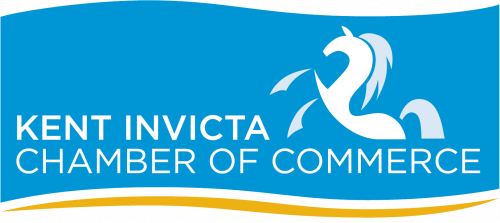Trade Marks And Brand Protection – 10 Startup FAQs
- Do I need to protect my brand with a trade mark?
Budgets can be tight during the various stages of a startup and it can sometimes be a challenge to decide which expenses to prioritise and allocate funds to. Brands inform consumers that goods and services come from a specific business. They also confer other information such as values, reputation, positive attributes, benefits and culture etc. Brands have the potential to be the most valuable asset owned by a business. Protecting brands and innovations through trade marks and other forms of intellectual property should be near the top of the list and a key part of any business plan. The simplest question to ask is whether your business or reputation would be damaged if a third party were to use your brand or a similar variation. If the answer is yes, you should take steps to protect your brand through obtaining trade mark protection in important jurisdictions.
- What are the main benefits associated with obtaining trade mark protection?
The main benefit is that trade mark registrations confer statutory rights to stop third parties from using or attempting to register an identical or confusingly similar version of your brand in the jurisdictions in which you have a trade mark registration. They are important tools to protect the individuality, reputation and equity in a brand and they safeguard the investment that has gone into creating, building and promoting a brand. Securing trade mark protection for important brands can encourage investment and make the acquisition of a business more attractive to potential buyers. Trade marks can accumulate real monetary value and can be bought, sold and licensed. They can also potentially be used as debt security. For example, NatWest recently announced that it has partnered with the specialist IP evaluation company Inngot to evaluate IP assets that could potentially be used as security for loans.
- What are the main risks associated with not obtaining trade mark protection?
The main risk associated with not protecting a brand is that a third party or competitor could potentially use or seek to register an identical or confusingly similar version of your brand and you would have limited or no options available to stop them. This could enable a third party to pass their goods and services off as coming from your business and, as well as diverting customer sales, any inferior goods and services could cause reputational damage to your business. In a worst case scenario, a third party or competitor could obtain an earlier trade mark registration which could be used as a basis to prevent you from using or seeking to register your brand. This can potentially be fatal in some jurisdictions where there is no recognition of unregistered rights and it can sometimes leave a business with no option but to rebrand.
- What are key trade mark considerations when selecting a brand?
The two most important considerations are 1). to ensure that a prospective brand is sufficiently distinctive to satisfy the requirements for trade mark registration in the chosen jurisdiction(s); and 2). to ensure that the chosen brand is free to use and register in the jurisdiction(s) of interest.
Businesses sometimes select brands that refer to or describe the goods and/or services that are being offered. Whilst descriptive brands can confer some commercial benefits, they often do not satisfy the requirements for trade mark registration as a trade mark has to be distinctive in relation to the goods and services applied for. That is to say that it must enable consumers to distinguish between your goods and services, and the goods and services offered by third parties. Non-distinctive trade marks and trade marks that refer to a characteristic of the goods and services applied for will often encounter objections during the examination process and could be refused. This can result in additional costs being incurred. The second key consideration is to make sure that the chosen brand is free to use and register through conducting appropriate trade mark searches. A trade mark search can highlight earlier third party trade mark registrations that could potentially operate as a risk to the use (i.e. infringement risk) or attempts to register (i.e. opposition risk) of a trade mark.
It is often a good idea to engage a trade mark specialist during the brand creation and selection process. They can work with in-house teams and external branding agencies to provide strategic advice and input on the availability and registrability of a proposed brand before a final decision is made on which brand to adopt. This can potentially help avoid pitfalls and additional expenses later down the line.
- What aspects of a brand can I trade mark?
Generally it is possible to obtain trade marks for distinctive words, logos or a combination of both, as well as slogans and specific stylisation. In some jurisdictions it is potentially possible to trade mark colours, sounds, motions, holograms, multimedia marks, shapes, smells, position marks and even smells.
- Should I conduct trade mark searches before using or seeking to register a trade mark?
It is good practice and can be more cost-effective to conduct trade mark searches before using or seeking to register a trade mark. Narrow trade mark searches can be used to whittle down a list of potential brand names during the brand creation and selection process, and more comprehensive searches can paint a fairly accurate picture of the level of risk associated with adopting a brand in multiple jurisdictions, as well as the potential steps that could be taken to navigate through them.
- How long does it take to obtain trade mark registrations?
The timeframe from filing to registration varies from jurisdiction to jurisdiction. The trade mark application process is relatively quick in the UK. Assuming that no objections or oppositions are encountered, a UKTM application can proceed to registration within around four to five months. The process can be slower in other jurisdictions and there are some jurisdictions that are notoriously slow. It is worth bearing in mind that the application date is generally the most important date as it determines whether a trade mark is an earlier mark for the purpose of enforcement against later use or applications. It also gives rise to a six month priority period in which to file in other territories. Any subsequent applications filed within the six month priority period are treated as if they were filed on the same date as the initial application.
- How do I budget for trade marks?
Budget is an important consideration when devising trade mark clearance and filing strategies. Depending on the specific jurisdiction, there are generally three main cost points when it comes to filing trade mark applications: 1). filing costs; 2). the examination stage; and 3). the publication stage. Conducting trade mark searches can be useful to highlight potential issues that could be encountered at the examination and publication stages to help applicants budget accordingly. If budget is limited, you may wish to adopt a phased filing approach by prioritising the most important brands and jurisdictions first (e.g. the trading name, the key product name and the initial launch markets), followed by the next most important brand and jurisdictions (e.g. a slogan and second tier markets). There are various strategies and mechanisms that can be utilised. A cost-effective way to obtain protection in multiple jurisdictions is to file an International Trade Mark Registration.
- Does an ‘International Trade Mark Registration’ cover me everywhere?
No. Unlike the EU Trade Mark, which covers all 27 Member States of the EU through a single application, an International Trade Mark Registration only covers the specific countries or territories that are designated in the application. For example, an applicant could elect to cover the UK, EU and US with an International Trade Mark Registration and then decide to add additional countries to it later down the line. This can help spread cost.
- How long does a trade mark last and what is the follow-up costs?
It depends on the specific jurisdiction. Trade marks generally last for ten years and can be renewed for another ten years by paying a fee. Unlike other IP rights that have a finite lifespan, trade marks can potentially last forever provided they are used and renewed at specific intervals. The oldest UKTM Registration, the Bass & Cos. Pale Ale Logo, was registered on 1 January 1876 and is still in force today.


